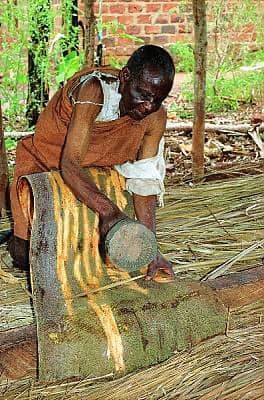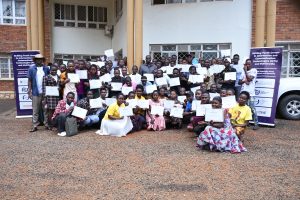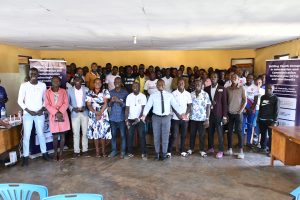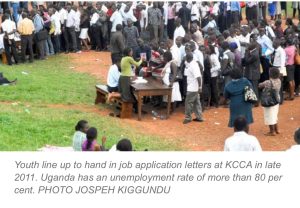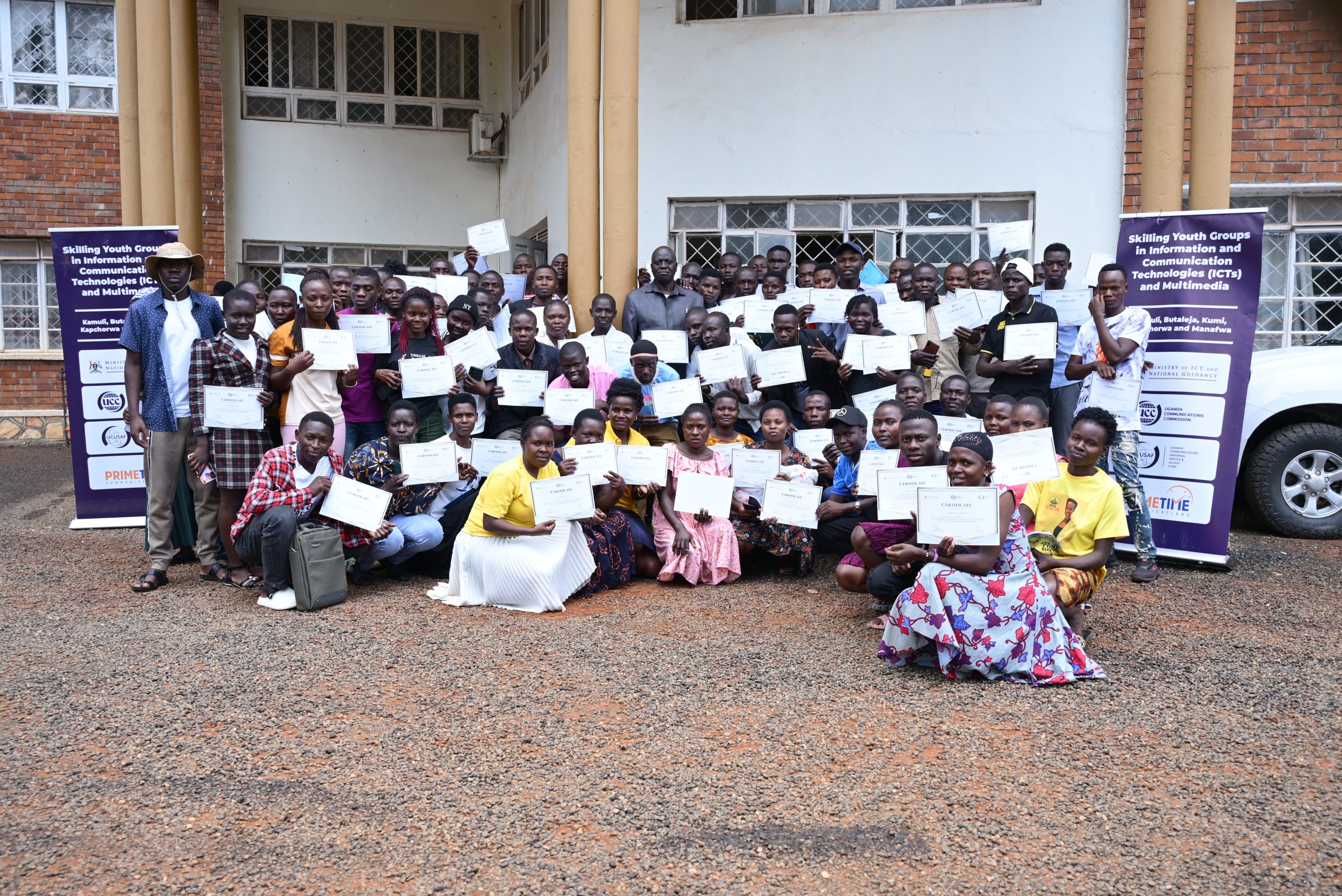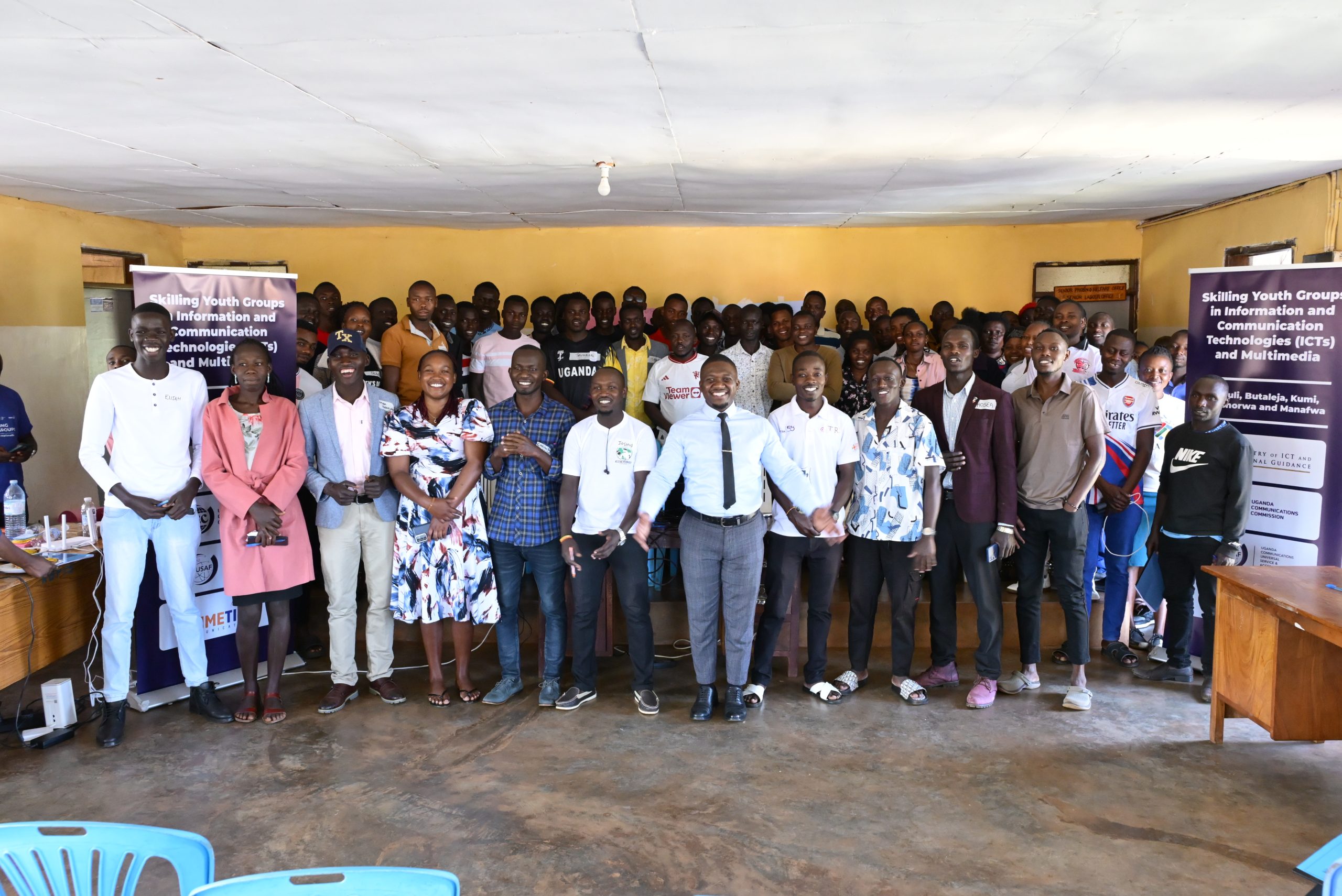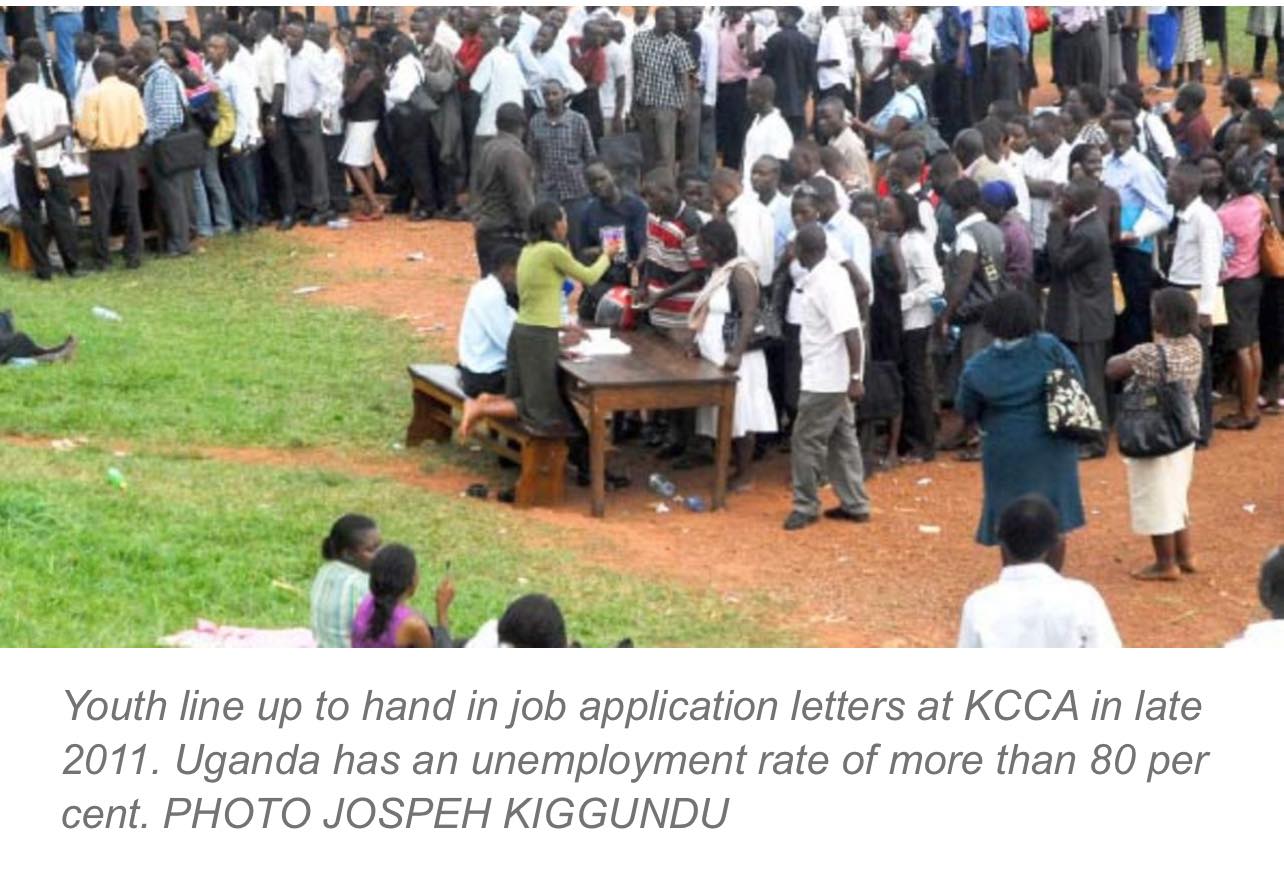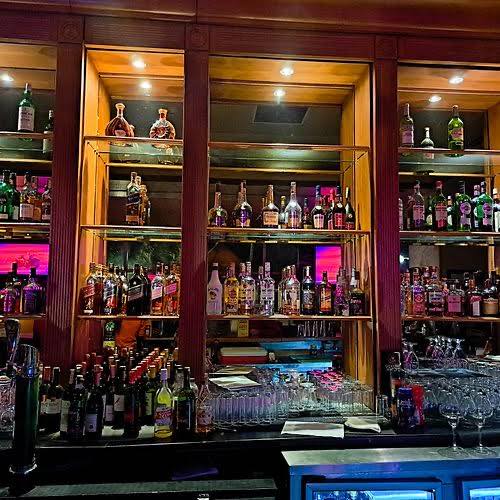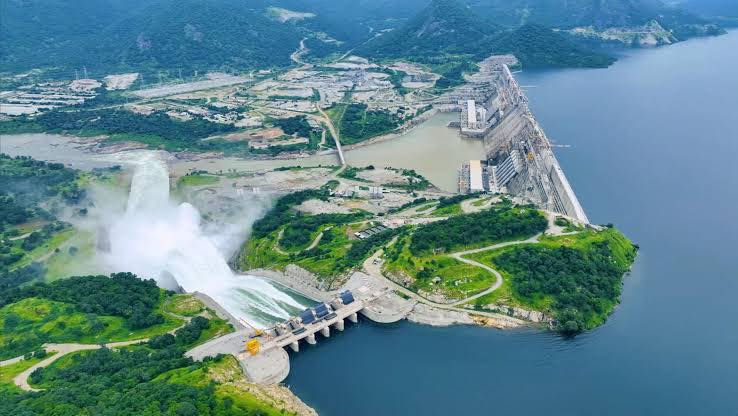By Denis Jjuuko
Before Arabs and missionaries came to Uganda, the people of Buganda had invented the barkcloth, which is processed from a fig tree known as Mutuba (Ficus natalensis for the scientists). In most villages in Buganda, there was at least one ‘factory’ — an open shade with a long square wooden log where barkcloth was processed. The process involved removing bark from the Mutuba tree (after which the tree would be wrapped in banana leaves for a few weeks to regenerate), hitting it with different mallets until it turned into a soft tissue, which was then washed-sometimes boiled-and then dried in direct sunlight for weeks. The boiled one was the premium version.
Members of the Ngonge (otter) Clan are the official barkcloth makers for the Kabaka and the royal family as it was invented by them. Barkcloth is worn by both women and men though women used a sash to tie it around. It was also used as bedding material, mosquito net, and for cultural and spiritual functions. At burials even today, dead bodies are wrapped in barkcloth while at the coronation, the Kabaka wears a ton of it.
Like most pre-history inventions by Africans, Arabs and Christian missionaries relegated barkcloth as backward in the quest for markets to promote products for their industries. Cloth made from cotton and other cheap materials like polyester became the order of the day. Barkcloth which provides more warmth, was disregarded in favour of nylon bedsheets and woollen blankets, which are unaffordable by most Africans. Pneumonia started killing children and even adults.
The Mutuba tree is one of the easiest trees to plant and almost doesn’t need special care for it to thrive. Families simply planted it in the banana plantation and it provided clothing for generations. Its dry leaves provided mulching for banana and coffee plantations which meant that where families had Mituba trees, they experienced better yields during dry seasons.
It is said that a single Mutuba tree can provide as much as 200 square metres of barkcloth in over 40 years.
Barkcloth is still commonly used in Buganda for burial and other cultural and spiritual functions as well as a decorative material. However, in many villages, the factories have since gone silent.
Of recent, European fashion designers have been descending on the country to acquire this unique cloth to make expensive designs such as shoes and dresses. As a country, there is a need to tap into this growing trend and market.
We must encourage households to plant Mituba trees again in their banana and coffee plantations and ensure that elders who know the craft of making barkcloth pass on the skills to young generations. However, since we have cameras and we know how to read and write, we can document this process so that people can have it on their smartphones whenever they need.
We need to upgrade the ‘factories’ as well so that after barkcloth has been processed, we add more value. We can export shoes and the fancy dresses that I now see online made from barkcloth. We can make hundreds of stuff from these materials. The world is interested in renewable stuff and many people are interested in paying top dollars for them. That way, we will create more jobs and have more people interested in working with this very unique and historical product that our forefathers invented.
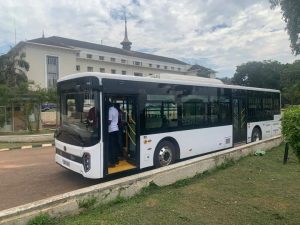
The guys at the National Agricultural Research Organisation (NARO) can come up with more varieties that perhaps grow faster and provide more square metres of barkcloth. The ministries of agriculture, trade, environment, tourism and innovation combined can promote it. We can create the world’s centre of barkcloth materials and ensure that on the world’s fashion runways in Milan, London, and New York, there is always a special category for barkcloth and other vegetative materials.
Meanwhile, Uganda Tourism Board would create a Barkcloth Tourism product where tourists come to visit the ‘factories’ and learn how this material is made and go back with handmade barkcloth products.
Automotive companies like Kiira Motors can replace automotive cotton textile with barkcloth. Other players in the automotive value chain can make barkcloth for high-end luxury products. The world is fascinated by handmade stuff and barkcloth has a fascinating story that starts around the 13th century. Barkcloth is gold. It can get people out of poverty, provide food security for households, and protect the environment since people won’t be cutting down Mituba trees given that they would be making money out of them. Millions of jobs would be created effortlessly. The government simply needs to put money where its mouth is.
The writer is a communication and visibility consultant. djjuuko@gmail.com

